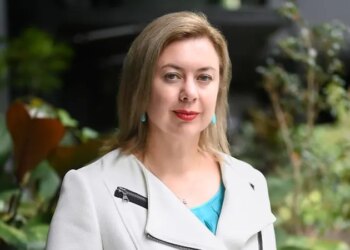The Adviser Ratings Musical Chairs report found that 1,750 advisers left the industry in the June quarter, leaving just 25,470 advisers across Australia.
This equates to a 6.4 per cent decline in total adviser numbers for the quarter and is in line with the continuing fragmentation of the industry.
In December 2018, there was a large spike of new advisers due to new and returning adviser registrations prior to FASEA obligations coming into effect.
Advisers had to be authorised under an AFSL by the end of December in order to be recognised as an existing adviser.
However, the first six months of the year have seen 2,825 advisers cease operation, while there have been only 19 new entrants.
“We would expect this trend to continue, particularly in the short term prior to larger numbers of new entrants, but also in the medium term,” the report said.
“We anticipate a higher than average number of ceased advisers over the next few years as more and more advisers ‘bite the bullet’ and call time on their advising careers leading up to 2024.”
This was due to 2024 being the deadline date for all licensed advisers needing to have achieved a bachelor’s degree or equivalent due to the FASEA regulations.
Independent advisers were up slightly to 55.4 per cent of total advisers while aligned advisers are down by 0.5 of a percentage point to represent 44.6 per cent.
This was due to 69 per cent of shifting advisers moving into privately held licensees while only 15.5 per cent were shifting to aligned and even less into institutions.
The largest cohort of independent advisers (26.7 per cent) were part of licensees with 30 or more advisers, while 19.4 per cent belonged to licensees with 10 or fewer members.
For the first time ever, discontinued licensees had overtaken new entities, which the report said was a result of the FASEA regulatory regime.
“We expect new adviser authorisations to slowly increase in the next 12 months as more advisers start sitting the newly set FASEA exam, along with more new advisers fulfilling the professional year obligation,” the report said.



Looks like Planners are voting with their feet. Eventually the government may work out they have created a very expensive and unworkable system for all and sundry where the participant risks and requirements are so excessive people are leaving in droves. Eventually the wider public will be the losers with unaffordable advice fees or NO advice, which may leave them in a worse position altogether. And if our self-funded retirees are in a worse position then more of them will apply for government benefits!
i agree – people don’t want this rubbish compliance system – blame the FPA
Accountants have effectively created a black market for advice.
Clients can get facts, tax advice, compliance advice as well as hints and nudges on the side. No need for all this adviserland rubbish that nobody at all wants.
Not sure it is a black market created by accountants.
More likely to be the backlash from the Royal Commission and the number of cases of FP’s ripping people off , stealing from them and giving poor advice that benefits the planner rather then the client. Combine that with the accountants who got licensed and discovered no benefits for the practice and have dropped the licence.
RA, of course it is much better for someone to go to an unlicensed accountant and get ripped off and not have any recourse. I personally know a lot of financial planners and accountants and believe the amount of people that would deliberately give poor advice is similar across both occupations with the main difference being that it is so much harder to take legal action against your accountant when compared to a financial planner – of course not having an SOA helps in this case as well. Basically it is impossible to tell what the quality of advice being given by the unlicensed accountants are because they are “unlicensed”